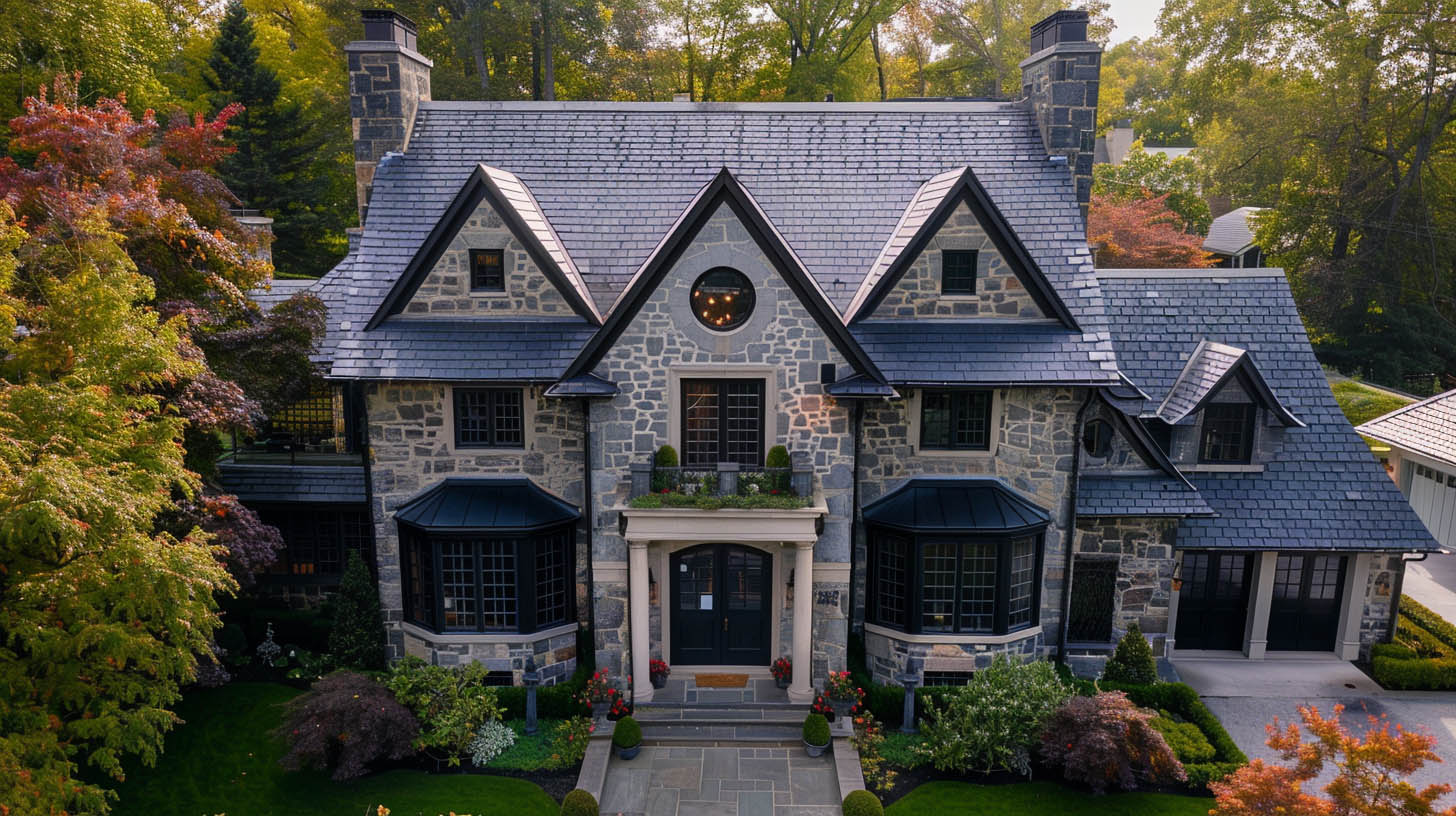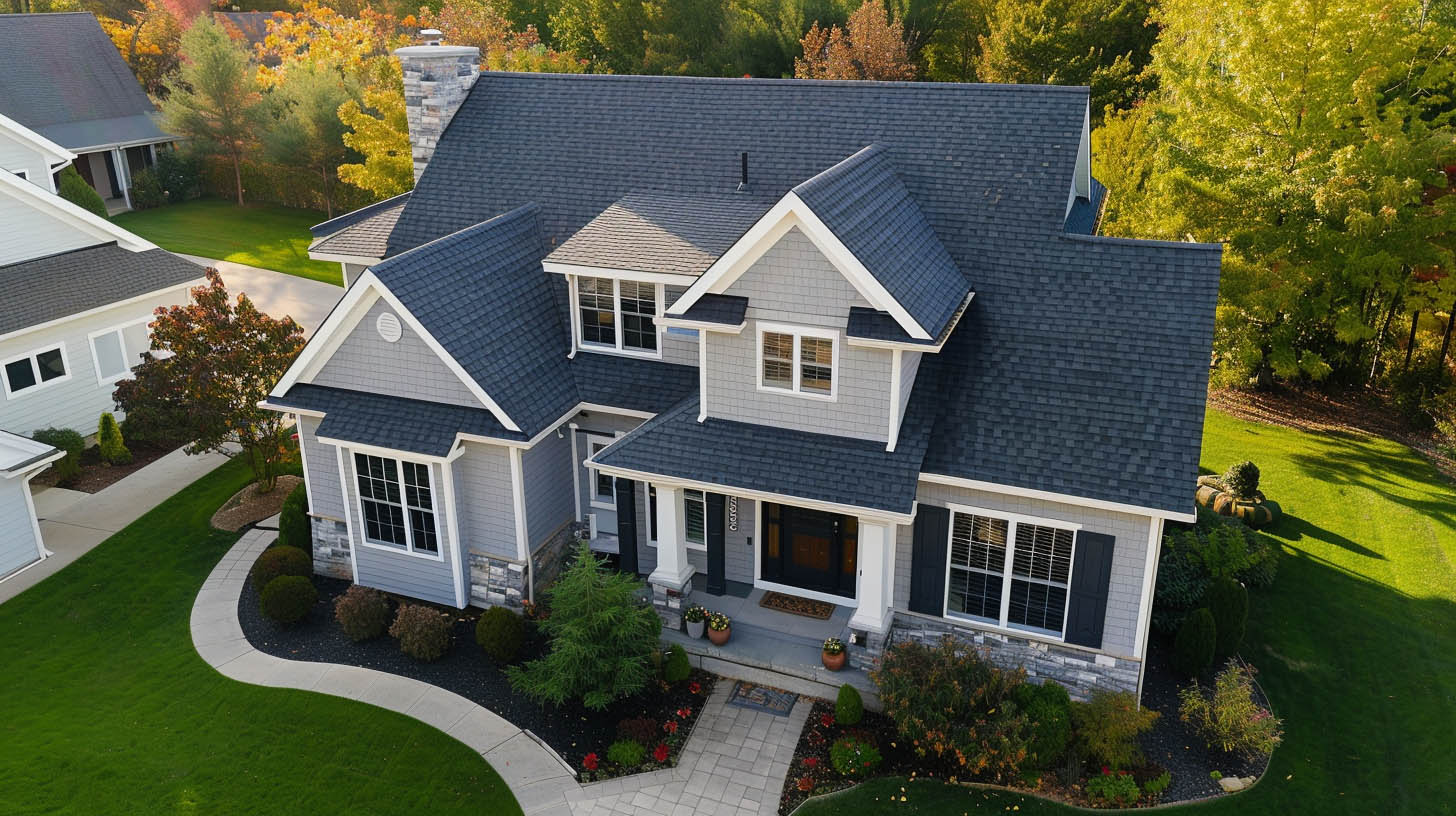
Understanding Metal Roof Flashing
Metal roof flashing is a specialized material designed to seal the roof’s most vulnerable points—such as edges, valleys, joints, and the areas around roof features like chimneys, vents, and skylights. Typically crafted from materials like galvanized steel, aluminum, or copper, flashing acts as a barrier against water ingress, ensuring that these critical junctions remain watertight.Preventing Water Intrusion
The foremost function of metal roof flashing is to channel water away from the roof’s susceptible areas, preventing it from seeping into the structure. By effectively directing water towards the gutters and away from the roof, flashing plays a crucial role in safeguarding the interior of your home from moisture-related issues.Ensuring Structural Durability
Water infiltration is a primary cause of structural deterioration in buildings. By sealing off potential entry points for water, metal roof flashing helps preserve the integrity of the roof’s structural components, preventing problems such as wood rot, insulation damage, and foundation instability.Mitigating Mold and Mildew Risks
Moist environments are breeding grounds for mold and mildew, which can pose health risks to occupants and compromise indoor air quality. Through its water-repellent properties, metal roof flashing contributes to maintaining a dry and healthy living environment, free from mold and mildew proliferation.Extending the Roof’s Lifespan
Beyond protecting the home’s interior and structural integrity, metal roof flashing also enhances the overall durability of the roofing system. By preventing leaks and minimizing moisture-related damage, flashing extends the lifespan of the roof, ensuring long-term performance and reliability.Key Types of Metal Roof Flashing
The application of metal roof flashing varies depending on the specific needs of different roof sections:- Drip Edge Flashing: Installed along the roof’s edges, this type of flashing directs water away from the fascia, preventing it from undermining the roof’s underlayment.
- Valley Flashing: Placed in the intersections where two roof planes meet, valley flashing ensures smooth water flow along the roof valleys, averting water pooling and leakage.
- Step Flashing: Utilized around roof protrusions such as chimneys and vents, step flashing provides a seamless seal that protects against water intrusion in these complex areas.


